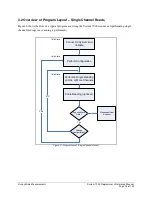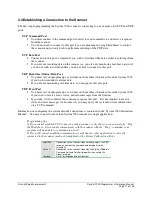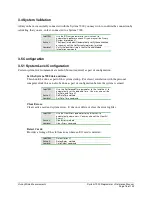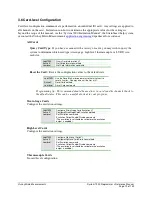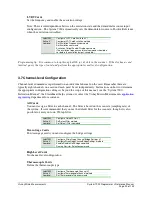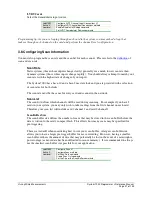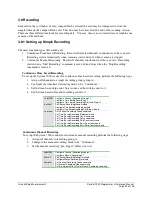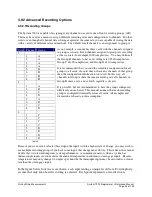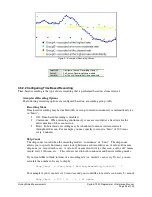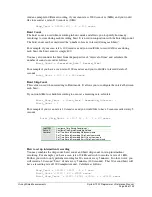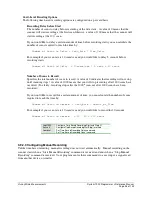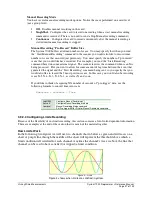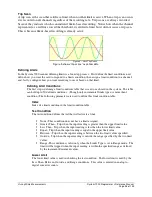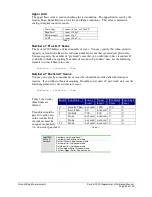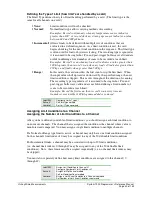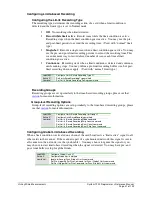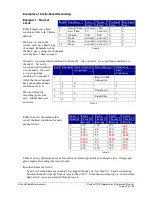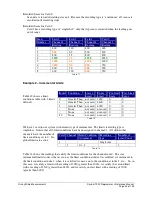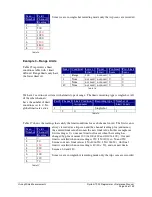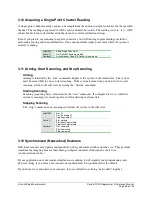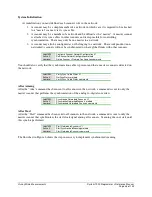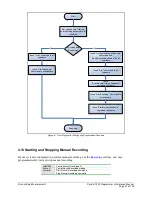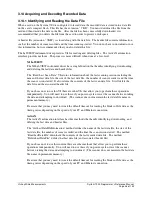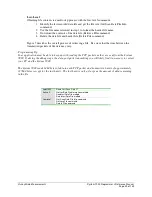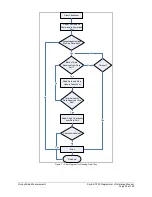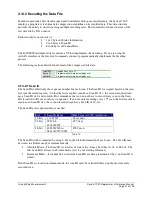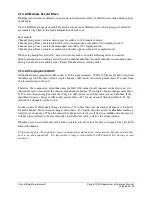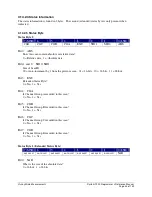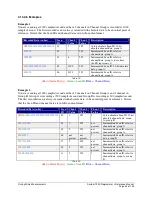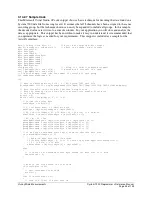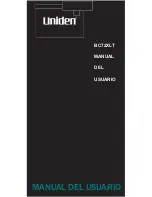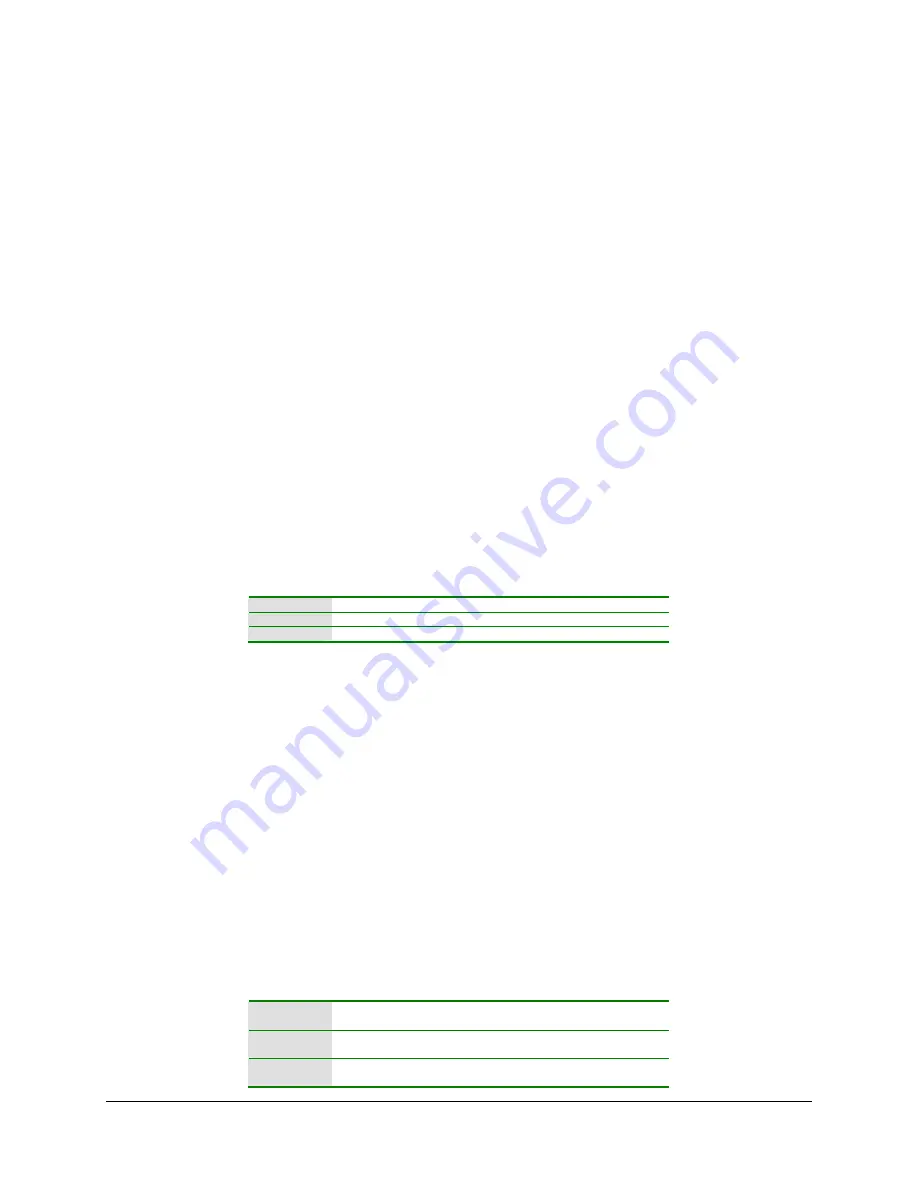
Vishay Micro-Measurements
System 7000 Programmer’s Reference Manual
Page 30 of 142
Defining the Type of Limit (how limit’s are handled by a card)
The Limit Type defines the style of limit handling performed by a card. (The limit type is the
same for all channels on a card.)
None:
Limit conditions will not be checked.
Normal:
Normal limits type allows varying methods of recording.
Examples: Record continuously when my temperature sensor indicates
greater than 100° or record while my strain gage sensor indicates a value
between 800 and 900
µ
Strain.
Incremental
:
Allows limits to be defined with multiple sets of conditions that are
evaluated in a defined sequence. As a limit condition is met, the card
begins checking for the next limit condition in the sequence. This limit type
is often used for load or hysteresis testing. The recording type is ignored as
it is assumed to be singleshot. Pre-and post-trigger buffers are valid and are
useful in defining a fixed number of scans to be recorded at each limit.
Examples: Record 1 scan when my load cell indicates a value greater than
100 kilograms, then record 1 scan when my load cell indicates greater than
250 kgs, and finally when greater than 500 kgs.
Range
:
In this mode, the card considers the first scan to trip the first limit. When
the input values shift upward or downward by the specified range, the next
limit condition is tripped. This occurs throughout the duration of scanning.
The recording type is ignored as it is assumed to be singleshot. Pre-and
post-trigger buffers are valid and are useful in defining a fixed number of
scans to be recorded at each limit.
Example: Record the first scan, then record 1 scan every time my
transducer sees another 100 kilograms added or removed.
LabVIEW
Configure Limits Type VI
Active X
SetLimitType method
Low-level
Set Limit Type command
Assigning Limit Conditions to a Channel
Assigning the Number of Limit Conditions to a Channel
After you have defined your table of limit conditions, you should assign each limit condition to
one or more channels. The channel that is assigned the condition is the channel whose value is
monitored and compared. You may assign a single limit condition to multiple channels.
If a Normal or Range type limit is active, a channel may only have one limit condition assigned.
So the channel's limit index of 0 may be assigned to any of the 50 definable limit conditions
For Incremental limits, a channel may be associated with up to 50 limit conditions.
(i.e. channel limit indexes 0 through 49 may be assigned to any of the 50 definable limit
conditions). Note: these limits must be assigned sequentially (i.e. no channel limit indexes may
be skipped)
You must also separately define how many limit conditions are assigned to this channel ( 0
through 49).
LabVIEW
Assign Limit Condition to Channel VI
Configure Number of Limit Conditions VI
Active X
AssignLimitToChannel method
SetLimitConditionCount method
Low-level
Assign a Limit Event Condition to a Channel command
Set Number of Limit Event Conditions command

